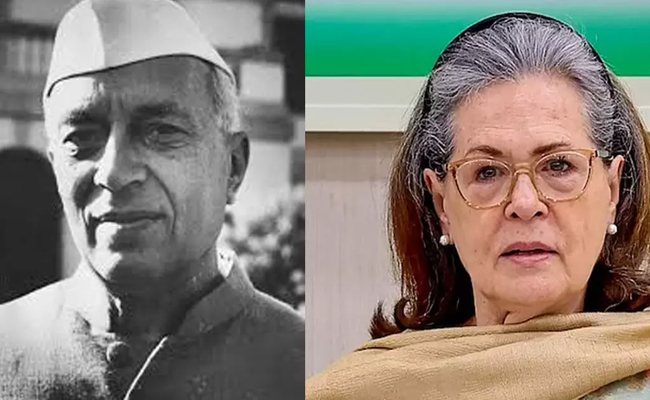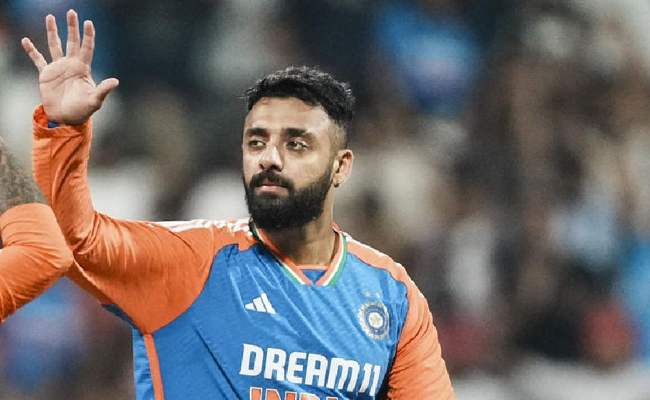Sullia: In a remarkable achievement, three scientists hailing from Sullia taluk have played integral roles in the success of ISRO's Chandrayaan-3 mission.
The trio, comprising Shambhayya Kodapala, Venugopala Uberadka, and Manasa Jayakumar, have significantly contributed to various departments, contributing to the achievement of Chandrayaan's goals.
Shambhayya Kodapala, a resident of Kodapala in Kemraje village, Nellore, is a senior scientist at ISRO. He spearheaded the LPS (Landing and Positioning System) department of the Chandrayaan-3 mission, playing a pivotal role in ensuring the successful soft landing of the spacecraft. Shambhayya Kodapala has a rich history of involvement, previously contributing to the Chandrayaan-2 launch as well.
ALSO READ: Sale of banned e-cigarettes: M'luru police asks MCC to revoke licenses of 3 shops in Saibeen Complex
Venugopala Uberadka, an accomplished scientist at ISRO, played a key role in the PCB Designing Team of the Satellite Division for Chandrayaan-3. He specializes in Digital Structure Design at ISRO, a field he pursued after his technical education at a Polytechnic institute in Sullia. With both BE and ME degrees obtained from Bangalore, Venugopala Uberadka's extensive experience has proved crucial to the success of the mission.
Manasa Jayakumar, a resident of Duggaladka in Sullia, is another talented scientist who has made her mark in the Chandrayaan-3 project. Currently a research student at Mangalore University, Manasa's expertise extends to Mars exploration. Her research on the planet Venus has been recognized as a valuable contribution. Manasa's participation in the Chandrayaan-3 project workshop held in Ahmedabad, Gujarat, further showcased her dedication to the mission. Notably, she was a key member of the team responsible for crafting the antenna of the Chandrayaan-3 satellite.
Manasa Jayakumar is the daughter of Balakrishna and Kusumavati, belonging to Sullia Dugaladka. Her husband, Jayakumar B.S., is employed in the computer department of Mangalore University. Together, they reside in Mangaluru with their daughter, Sannidhi.
Let the Truth be known. If you read VB and like VB, please be a VB Supporter and Help us deliver the Truth to one and all.
Kozhikode (Kerala) (PTI): A Kerala court on Wednesday sentenced a man to 41 years in prison for sexually assaulting a minor boy near Valayam in 2021.
Nadapuram Fast Track Special Court judge K Naushad Ali sentenced 64-year-old Panchara Musa, also known as Ganapathiyat Musa, under various provisions of the Protection of Children from Sexual Offences (POCSO) Act and the Indian Penal Code (IPC), according to special public prosecutor Manoj Aroor.
As the sentences are to run concurrently, the convict will have to serve the highest term of 20 years’ imprisonment, SPP Aroor said. The court also imposed a fine of Rs 52,000 on Musa.
The incident took place in August 2021 when the accused allegedly took the 14-year-old boy to a bus stop in Valayam town and sexually assaulted him, the prosecutor said. The accused also gave Rs 50 to the boy, he added.
Following the incident, the boy and his father lodged a complaint at the Valayam police station.
A case under various provisions of the POCSO Act and the IPC was registered, and the accused was subsequently arrested, the SPP said.
The prosecution examined 16 witnesses and submitted 16 documents to substantiate its case against the accused, he added.





